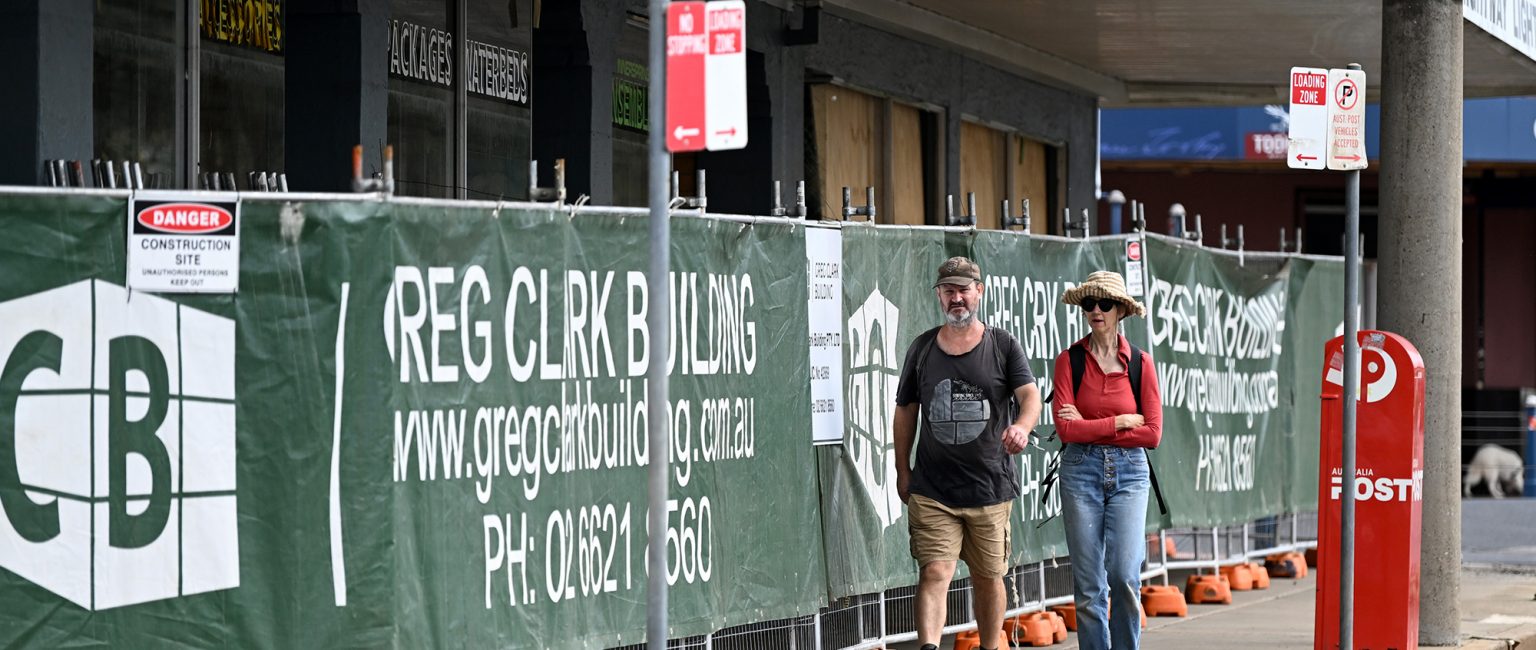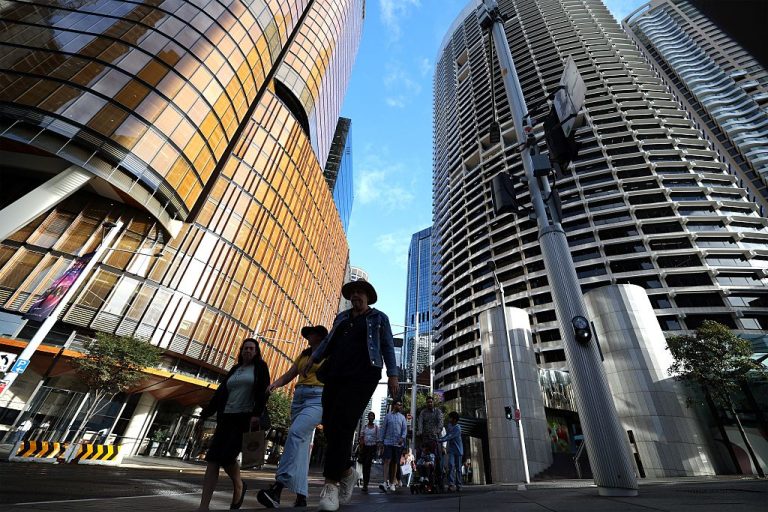Insurance costs a hurdle in rebuilding flood ravaged towns

More than 215,000 insurance claims have been lodged since the devastating floods that hit the northern New South Wales and south east Queensland earlier this year, with the estimated insurance loss valued at $4.3 billion, latest data has revealed.
The Insurance Council of Australia [ICA] data also found the cost of the record-breaking floods was rising, with it now ranked as Australia’s fourth costliest disaster.
Claims from both states totalled 216,465 claims, as of the end of May.
The $4.3 billion insurance loss for the 2022 floods is almost double the $2.3 billion paid out in 2011 for the Brisbane floods.
More than 20 % of claims have already been closed and almost $1 billion paid to policyholders.
“At present no region in Australia is uninsurable, however an increase in the frequency and severity of extreme weather events, may impact the affordability and availability of insurance in some parts of Australia,” an ICA spokesperson said.
Lismore slowly starting over
Lismore City Council general manager John Walker said the town was slowly rebuilding, but that it was effectively “uninsurable” at the moment.
“Insurance companies are often not insuring properties at all or offering insurance when requested. Where they may do, it is price prohibitive,” he said.
“Understandably, they [insurance companies] want to see what action is going to be taken on flood mitigation first,” he said
The council released a discussion paper last month which outlines various rebuilding options including a planned retreat with land swaps for the most at-risk residential properties to the north and south of the town as well as the possibility of turning the local golf course into a mixed-use or commercial precinct.
The discussion paper also highlights that flood mitigation would need be undertaken to protect the CBD and land to the east of the town. A final report is due to be released at the end of the month with the recommendations set to inform the Northern Rivers Reconstruction Corporation.
“Decisions on flood mitigation will need to be made before confidence returns and the insurance issue can be reviewed,” Mr Walker said.
“Approximately 7000 insurance claims have been made in the Lismore LGA totalling around $500 million with around 25% paid.”
Mr Walker said while many owners had started the process of rebuilding, the complexities around accessing grants and insurance claims, plus the absence of funds for rebuilding make it difficult for most people.
“In the residential sector there are still many hundreds of houses vacant. Trades people and materials are in very short supply,” he said.
“The housing crisis is acute …meaning there is nowhere for people to rent even if they were able to come here for work. In the CBD it is estimated that only 15% of businesses have so far reopened, however that number is increasing.
“Business mood is becoming more positive as some of the anchor stores reopen, however small business is suffering still. Most people ask the question, ‘Is it worth it?’ The answer depends on both their spirit and ability to find the money to do so.”
Gympie Chamber of Commerce president Petra Van Beek said following the February floods, many business owners now could not afford flood insurance as the premiums were too high.
“More often from those who did have some flood insurance, a number of them were saying, ‘We are struggling with the insurance company but we will battle on’,” she said.
“Some insurance companies seem to be more reticent in coming forward than others, and to some degree they don’t have a money tree either. They’re businesses and they need to make money and all of them have had disasters one on top of the other with the fires, floods up and down the east coast.”
Ms Van Beek said many businesses have since chosen not to rebuild, many cannot afford insurance and a couple have relocated out of the area.
The impact on property values
AMP chief economist Shane Oliver said the value of properties in flood ravaged areas was under threat, coupled with the issue of affording insurance premiums.

Some business owners hit by the devastating flooding earlier this year have decided not to rebuild. Picture: Getty
“Either you pay the premium, the costs go up and fair enough the costs go up, it just means that the return on that property will be much less than it was before, questioning whether it was viable to continue operating,” he said.
“Its possible the whole of the Lismore CBD is relocated, but that area of Lismore CBD is surrounded by a lot of property and a lot of that property is just regular homes.
“You are talking about a lot of commercial and residential property and it’s doubtful that the owners would just write it off.
“It’s quite possible it does fall to a level that the value of the property falls down, the rent goes down and then make some equilibrium, that it’s still possible to insure the property but the outcome is the rents of the net return has gone down in the process, and the value of the property has gone down in the process.”
Mr Oliver said that would result in probably a “new equilibrium to the lower value of the property” which made it all economical but there was still a huge adjustment to get to that point.
“You could be looking at a 10 to 15% drop in the value of the property because the nets would have to go down by a similar amount,” he said.







